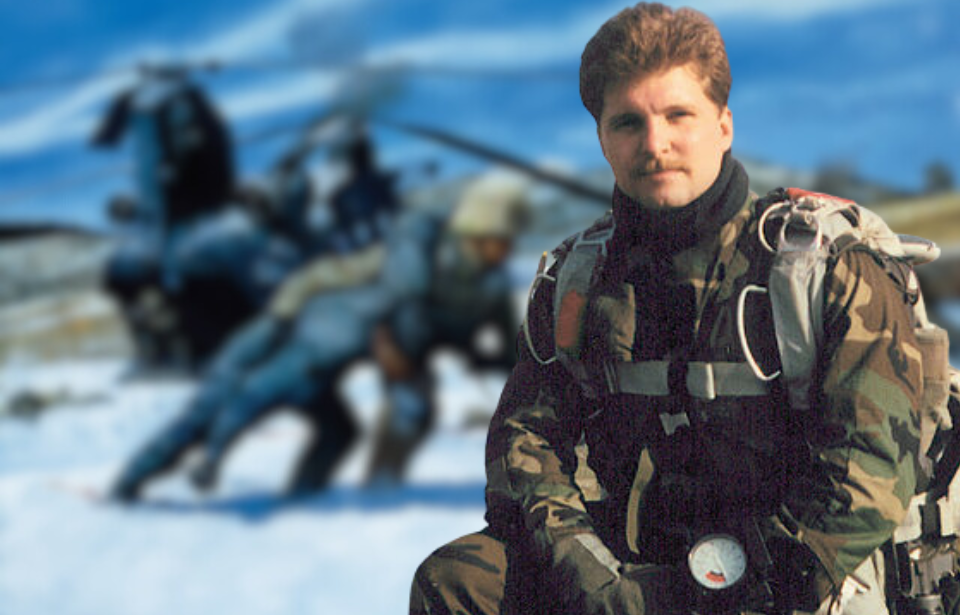John Chapman’s entry into the US Air Force
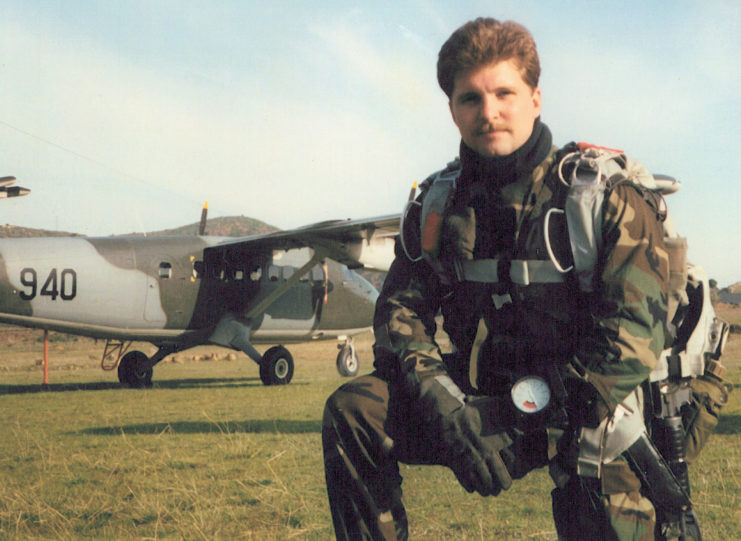
John Chapman was born in 1965 in Springfield, Massachusetts. He eventually moved to Connecticut, where he graduated from Windsor Locks High School in 1983 and enlisted in the US Air Force two years later. At the time, the Cold War was still ongoing.
Interestingly, during the 1980s, the Soviet Union was fighting in the mountains of Afghanistan. Little did anyone know that within two decades, it would be America’s turn to battle a determined enemy in such challenging terrain.
Chapman received training in combat control, where his primary duty was to coordinate fire for ground operations. This training led him to the special operations field, and he eventually joined the 24th Special Tactics Squadron, stationed at Pope Air Force Base, North Carolina.
In the aftermath of the September 11th attacks, as the United States rallied around the idea of war, Chapman found himself on a plane headed for Afghanistan, poised for a major moment in military history.
Operation Anaconda
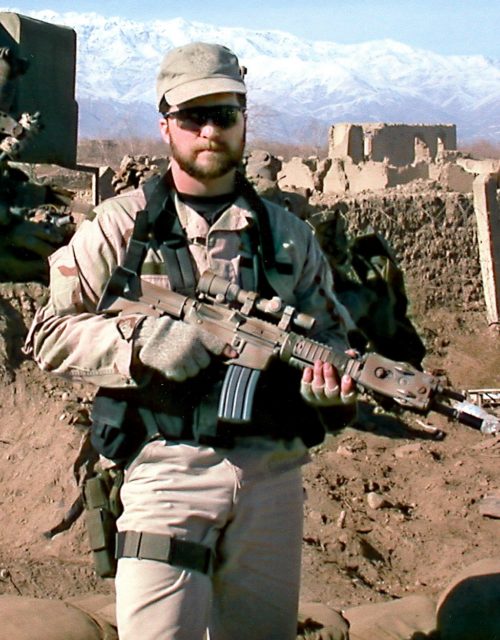
By March 2002, the US invasion of Afghanistan was fully underway. The Taliban and Al-Qaeda, demonstrating their resilience, took advantage of the country’s challenging terrain, posing a major challenge to the technologically superior coalition forces.
In response, the coalition launched Operation Anaconda, which aimed at eradicating the enemy presence in the Shahi-Kot Valley and the Arma Mountains. On March 4, John Chapman boarded a Boeing MH-47E Chinook, assigned to deploy with a team of US Navy SEALs in what would later be known as the Battle of Takur Ghar.
The operation would come under intense scrutiny due to the heavy losses taken by the Special Operations forces. Whether attributed to inadequate planning or unfortunate circumstances, Chapman and his SEAL team faced a fierce enemy entrenched on Takur Ghar hill.
This is how one of the more controversial chapters of the War in Afghanistan started.
Battle of Takur Ghar
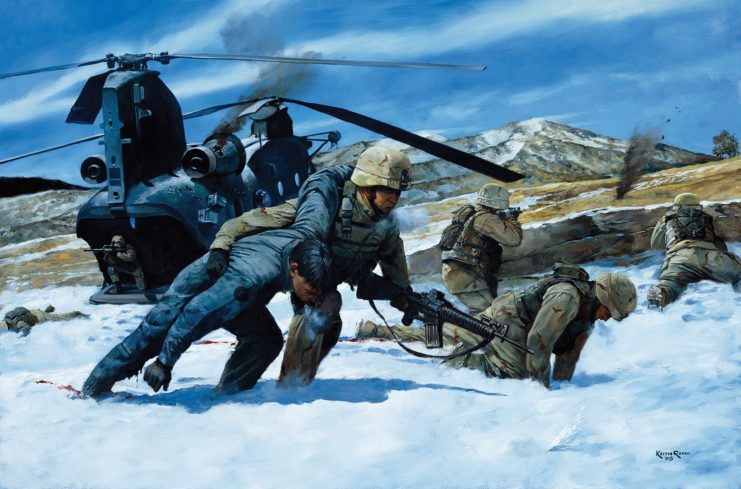
Immediately upon landing, John Chapman’s Chinook helicopter came under rapid fire from small arms and was struck directly by a rocket-propelled grenade (RPG), causing a US Navy SEAL to tumble onto the snow-covered hilltop below.
With limited options to aid the fallen SEAL in that moment, the heavily damaged chopper withdrew and touched down seven miles away. Without hesitation, Chapman assumed his assigned duties and began coordinating with a nearby Lockheed AC-130.
Despite it not being his primary responsibility, Chapman volunteered to extract the missing Navy SEAL from the enemy stronghold. He swiftly neutralized two insurgents and advanced toward a second fortified machine gun. Soon, the rescue team found themselves engulfed in fierce enemy gunfire.
Controversy surfaces
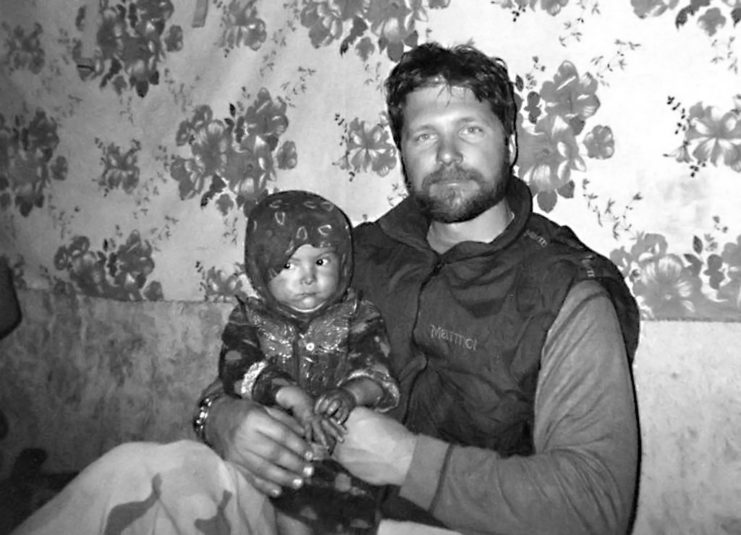
At this juncture, controversy would arise, and bravery amidst daunting trials would become clear. Long after John Chapman’s valiant final stand, breakthroughs in video technology revealed astonishing new insights.
Chapman had survived the clash and continued fighting even after his team had retreated. The footage shows him confronting enemy fighters, including taking down one in close combat. He then proceeded to a bunker, where his final stand was brought to an end by a direct RPG strike.
John Chapman is posthumously awarded the Medal of Honor
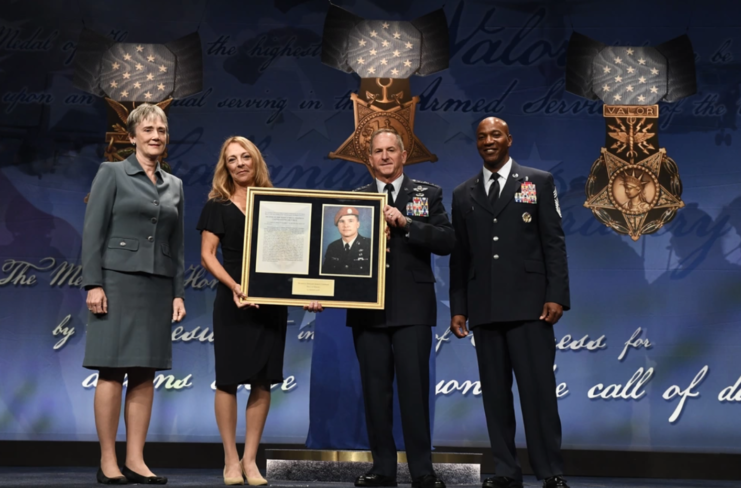
Upon the disclosure of this fresh information, John Chapman, previously bestowed with the Air Force Cross posthumously, had his distinction elevated to the Medal of Honor. Furthermore, he was posthumously promoted to the rank of master sergeant.
New! Want to become a trivia master? Sign up for our War History Fact of the Day newsletter!
While the Battle of Takur Ghar continues to spark debate, Chapman’s courage in fighting until the end is indisputable. His legacy will endure in military history, garnering eternal respect from those acknowledging his key role in the infamous conflict.
